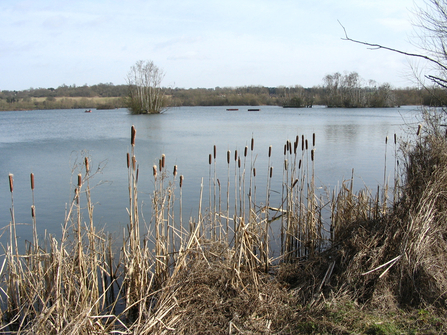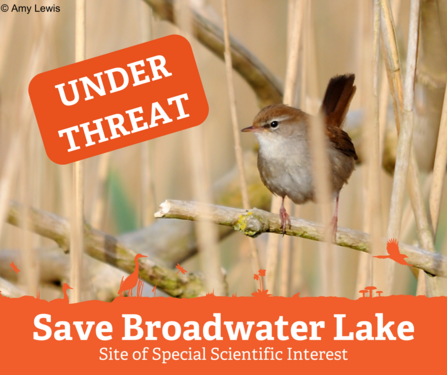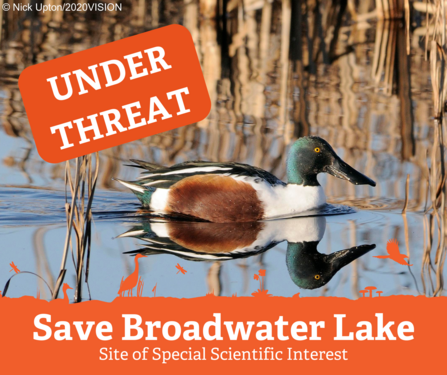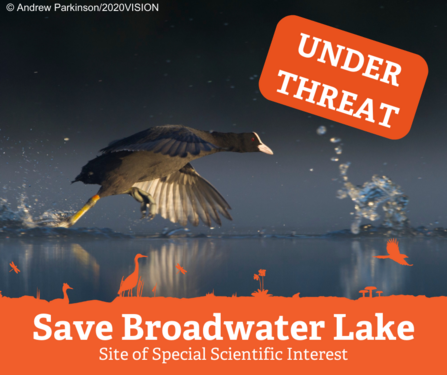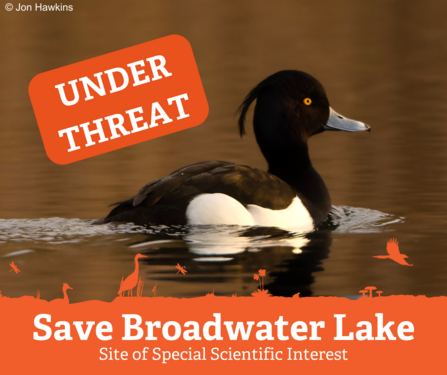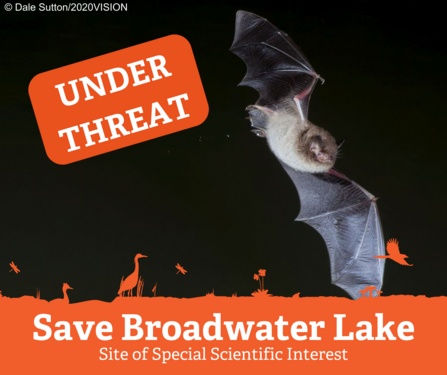In the midst of a nature and climate crisis, the fact that the development of the Hillingdon Watersports Facility and Activity Centre (HWFAC) is even being contemplated at Broadwater Lake is honestly quite terrifying. It really speaks to the struggles we face in getting decision-makers to recognise the importance of the natural world and crucially to make evidence-based decisions. Report after report tells us that nature is in freefall, that our collective futures are underpinned by healthy, resilient, nature-rich environments and yet, here we are needing to defend nature from another attack.
In case you haven’t heard already, Broadwater Lake is a really special place and one that’s unique in the Colne Valley. At 80 hectares (that’s roughly the size of 80 football pitches), it's the largest expanse of open water in the Colne Valley and is unusual with its scattering of small, wooded islands. Unlike the many other lakes in this area, it has remained largely undisturbed for many decades offering a guaranteed safe haven for wildlife in this busy landscape throughout the year.


